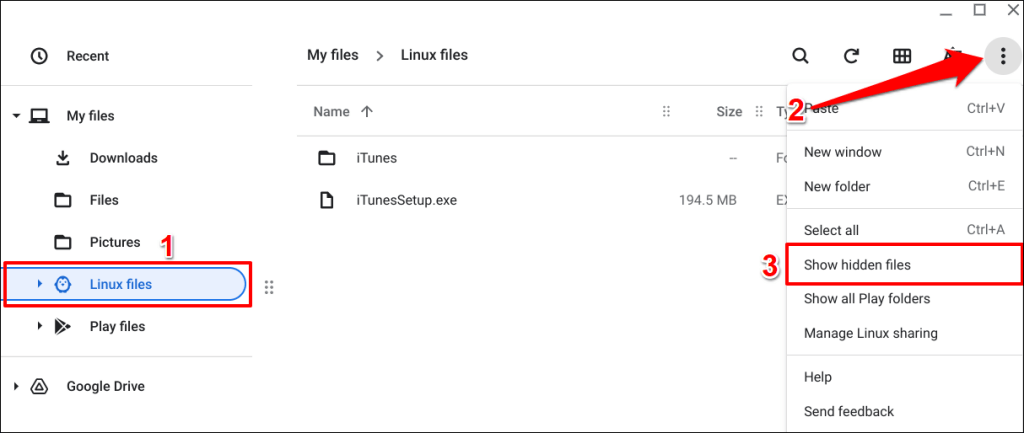

First, you need to enable support for 32-bit software, which requires a very specific update. Don’t worry, a bit more copying and pasting is all it will take. Step 1: If you haven’t already, open your Linux terminal up and get ready for some commands. As always, watch for any errors that indicate you may need to paste the command again with careful attention to every character. Step 2: Now Wine is ready to be upgraded to its 32-bit version, paving the way for iTunes.

Step 1: You’ll want to update Wine one more time now that you’re working with 32-bit support, so again paste and run the command: When that command has been run, paste in: Here again, you will need to paste in and execute two important commands. Step 2: For this next command, pasting it directly into the terminal is a little difficult, because you’ll want to substitute the section “username” with your actual Linux username that you entered during setup. WINEARCH=win32 WINEPREFIX=/home/username/.wine32/ wine iTunesSetup.exe You may want to paste the line somewhere first, then manually add in your username before copying it again: Step 3: You’ll probably get a pop-up to enable features required to install iTunes, so confirm them and wait for iTunes to finish installing. A “Congratulations!” pop-up should indicate that the job is done. ITunes is now on your Chromebook, and you will be able to see its icon in your app window.

But don’t launch it quite yet! The file path that iTunes downloaded with isn’t quite right, so your Chromebook won’t be able to locate the app until you change it to the correct, Wine/Linux-friendly version. Step 1: First, find your new iTunes file. Head to My Files and go to* Linux Files*. Now, look to the Three-Dot icon at the top-right of the window and select it. Go down to Show Hidden Files and select this to make sure you can navigate correctly. Step 2: Under your Linux files menu on the left, you should see the option to choose your Local folder.


 0 kommentar(er)
0 kommentar(er)
